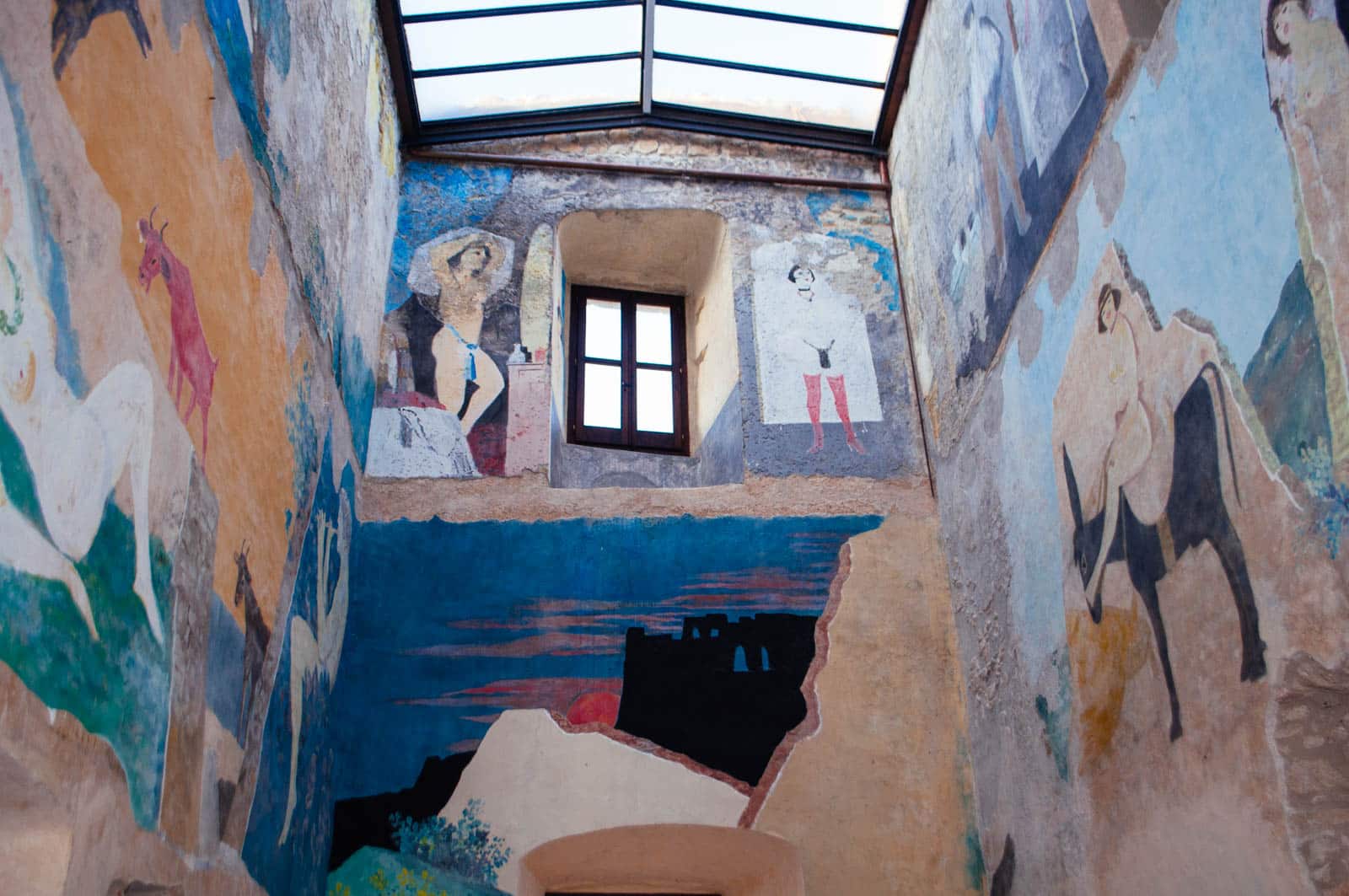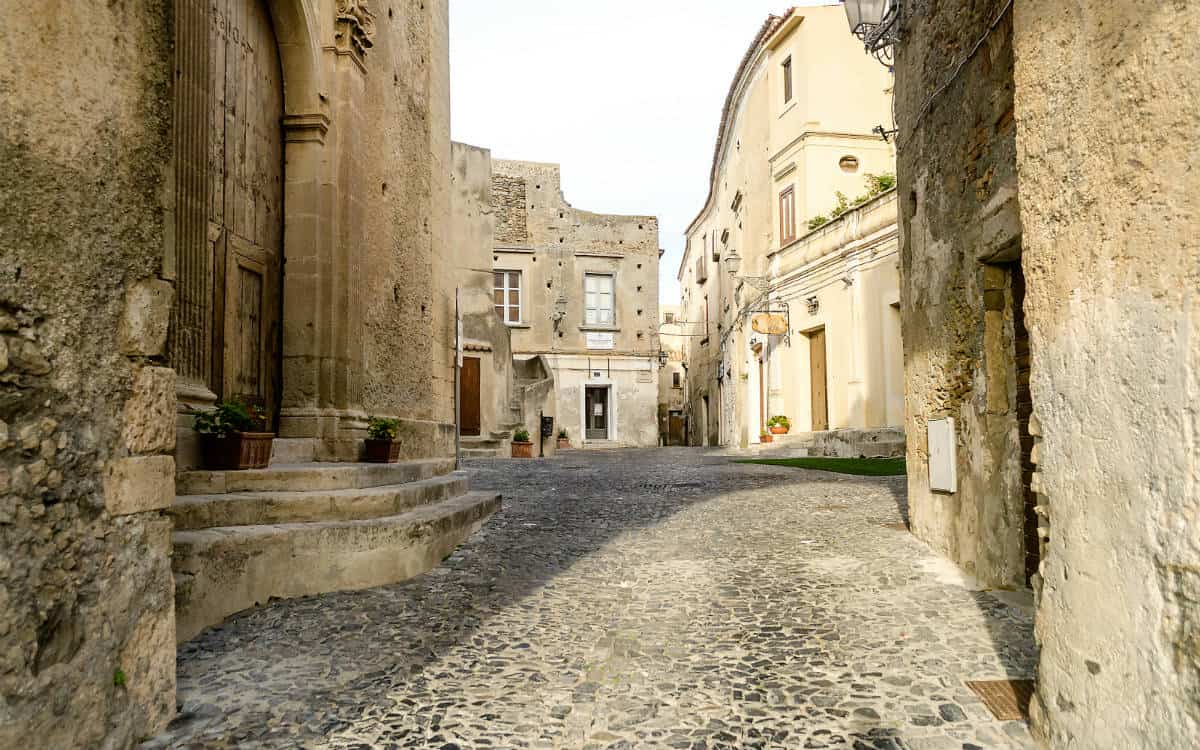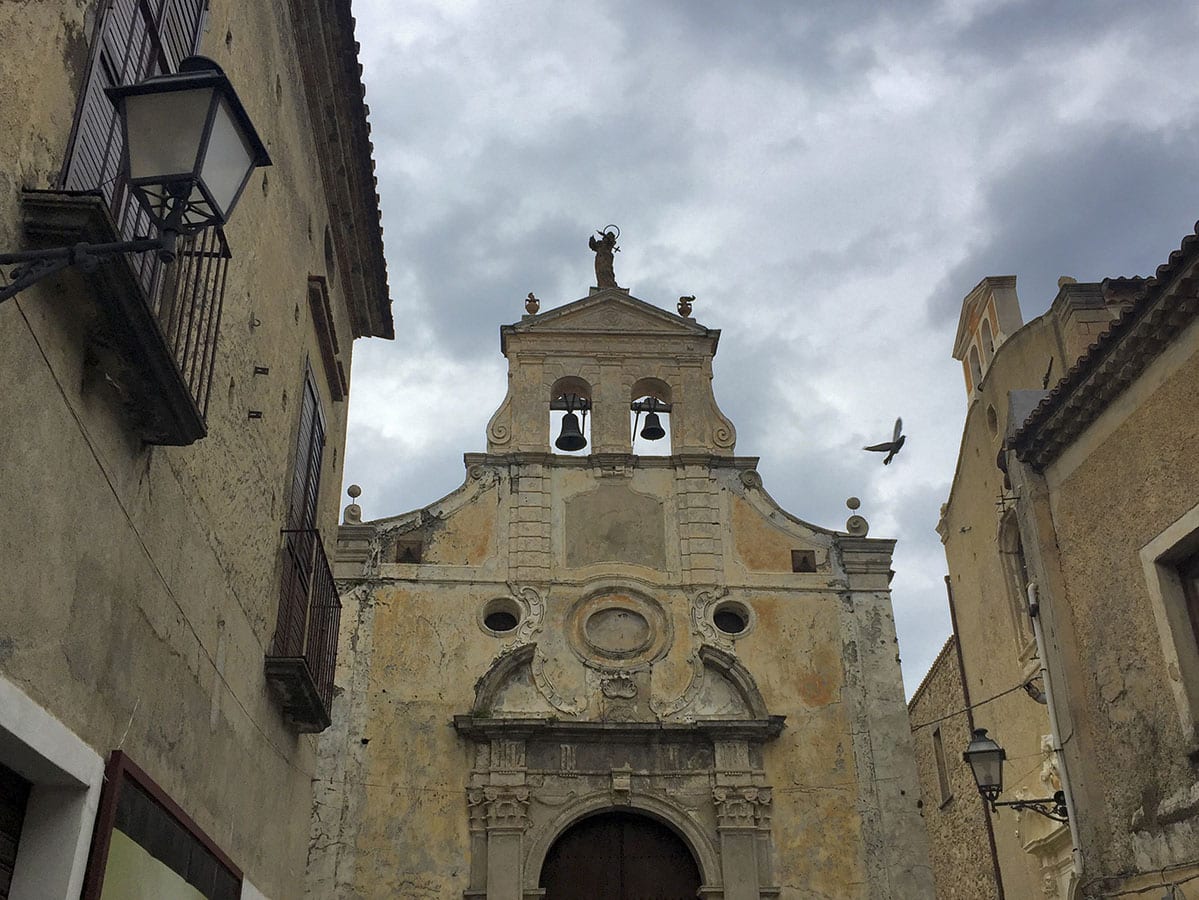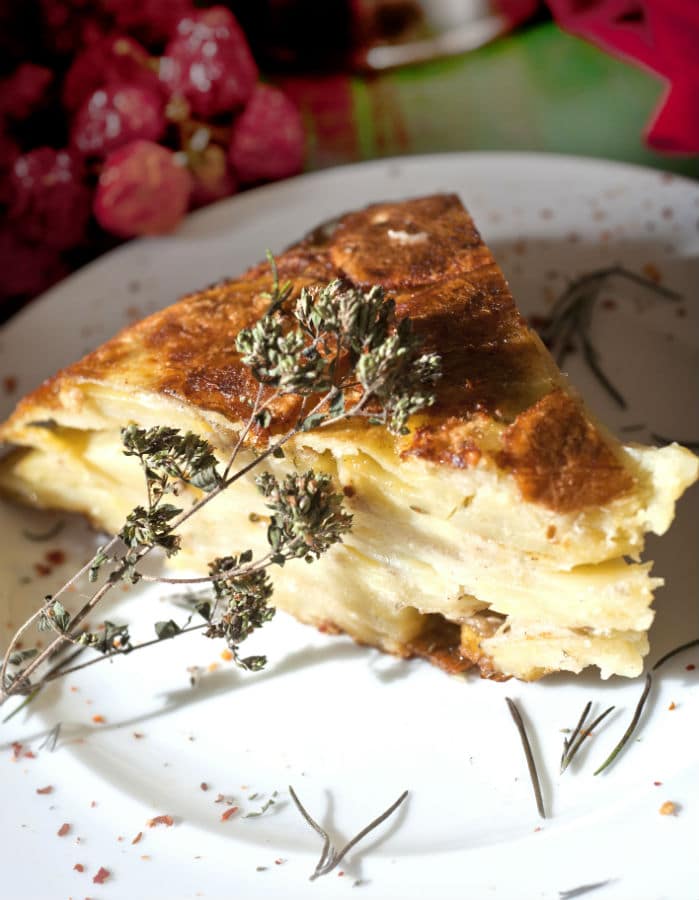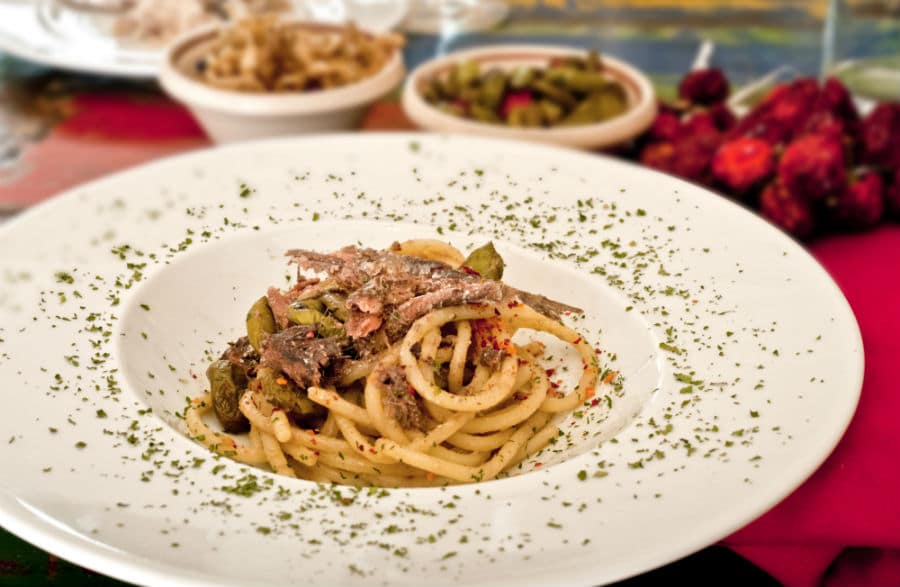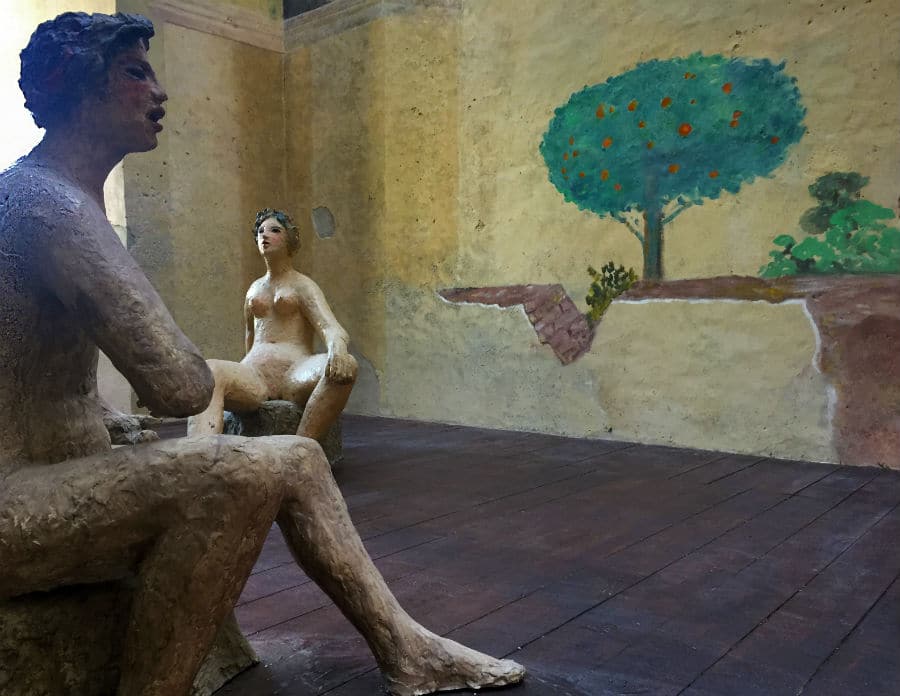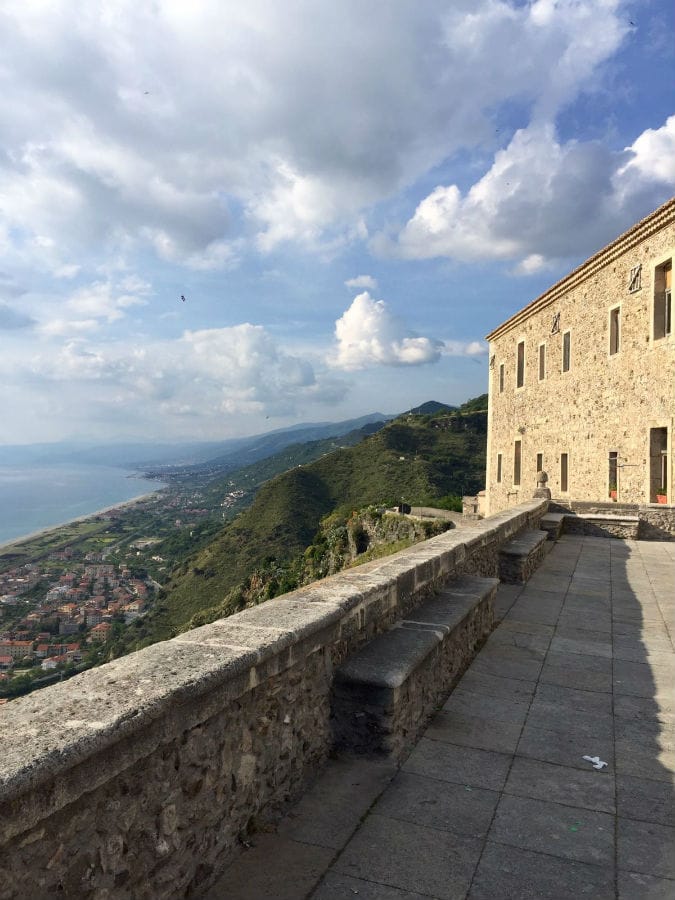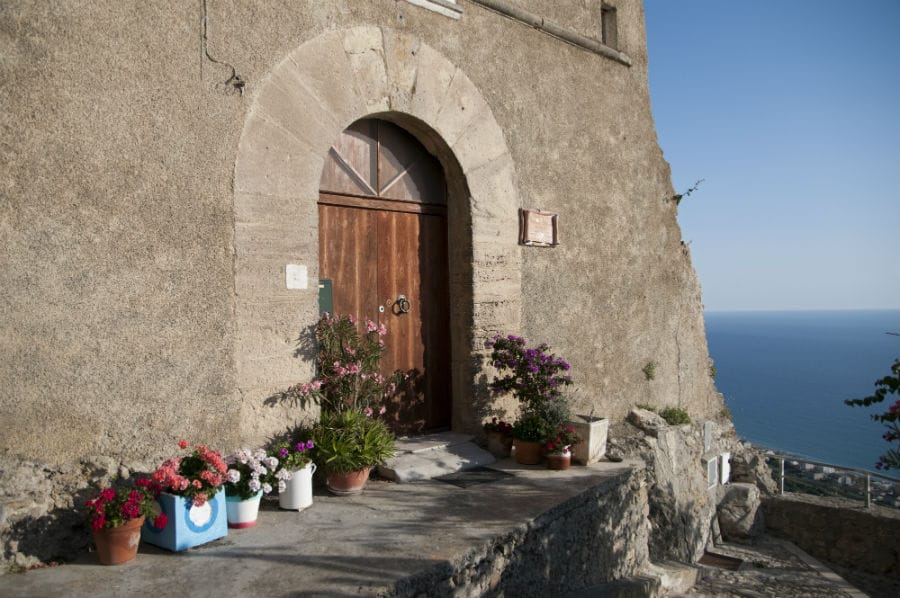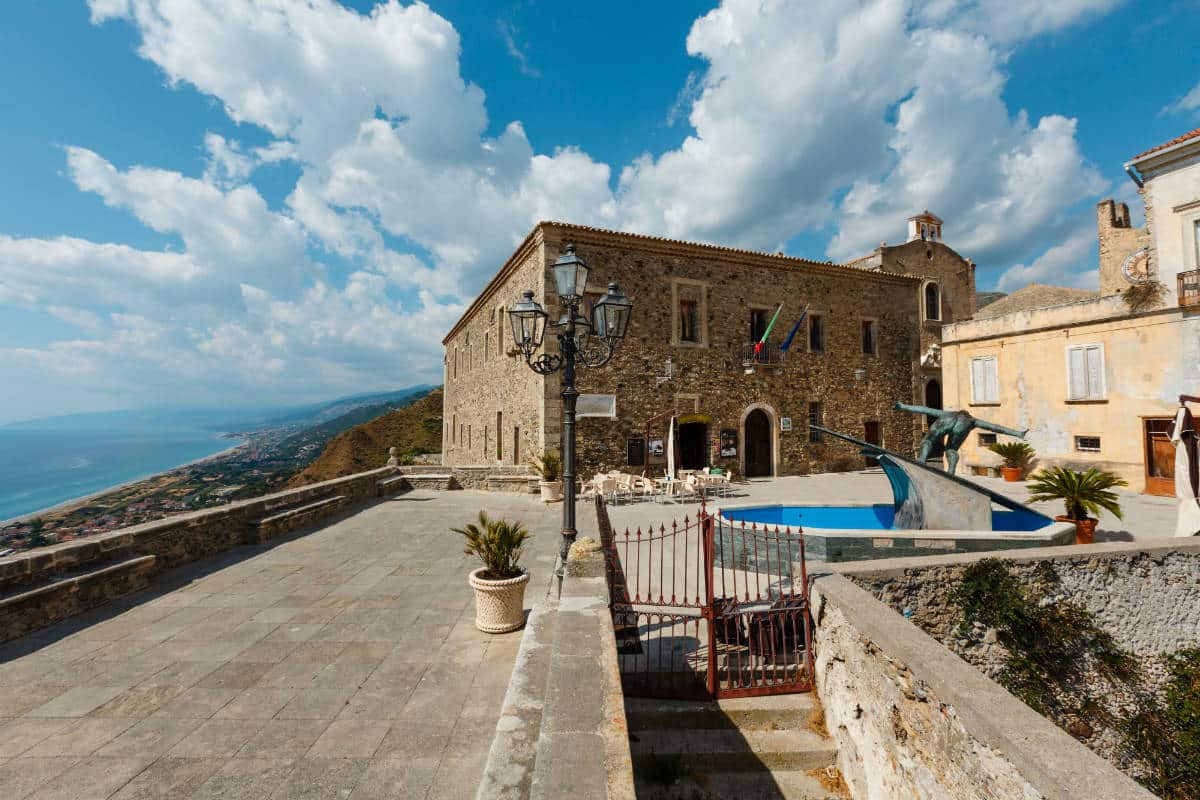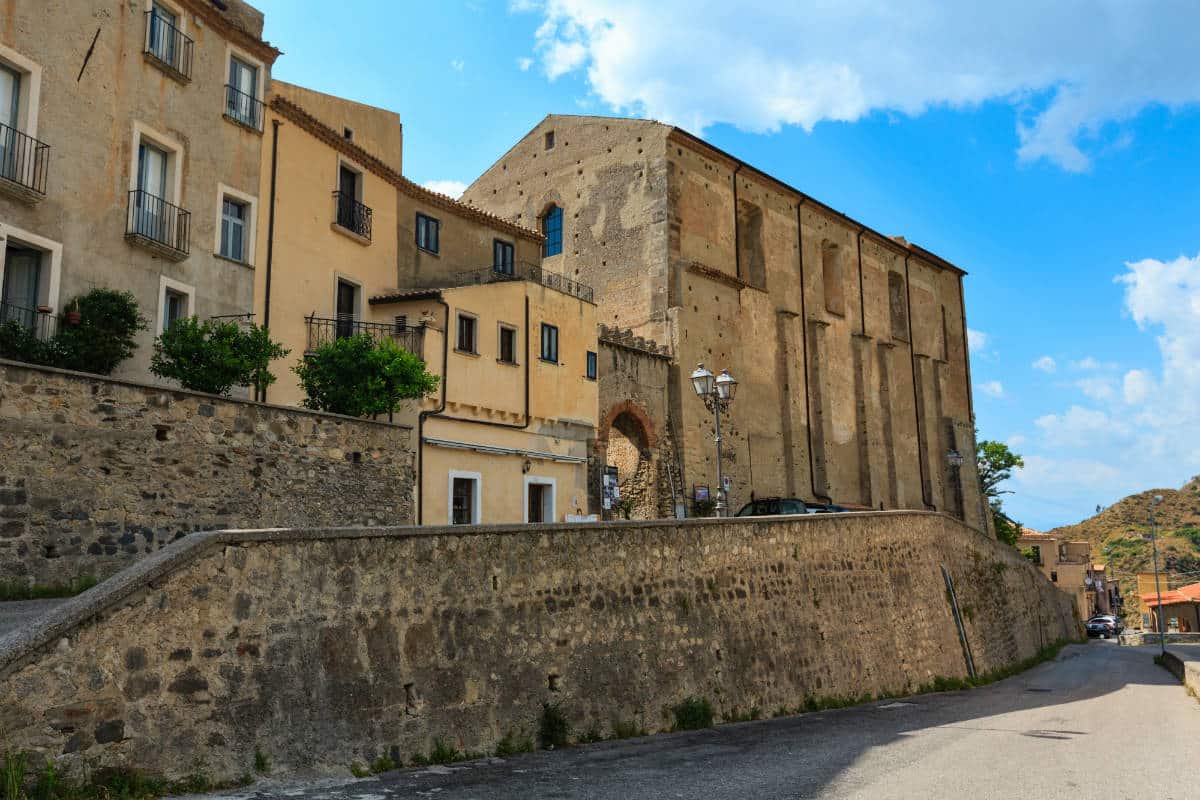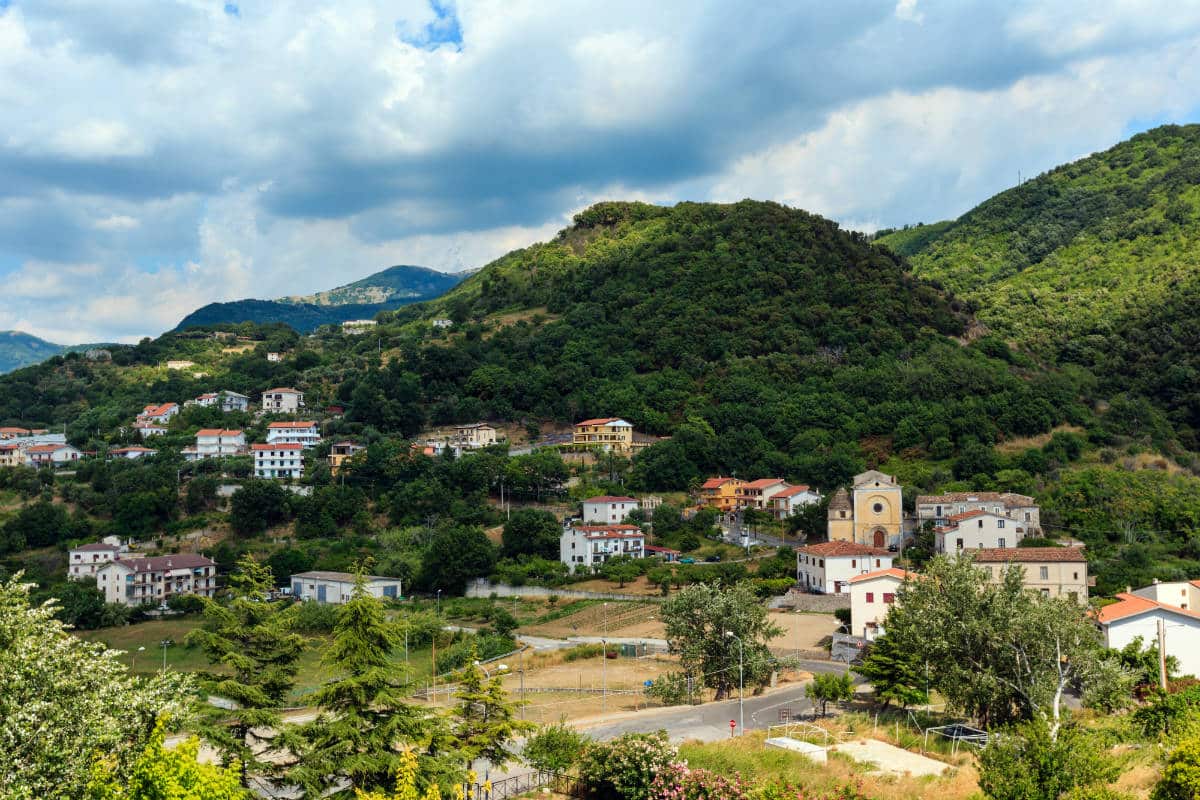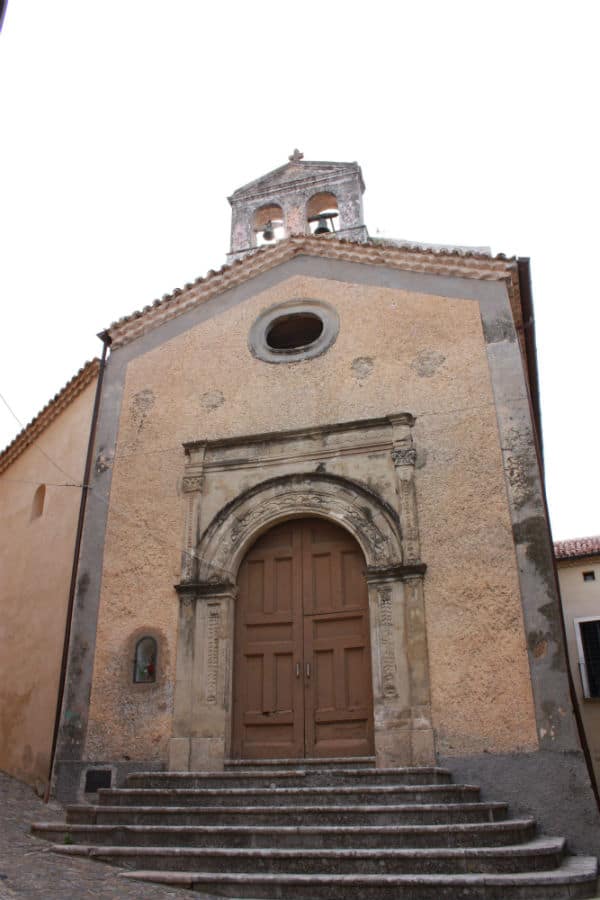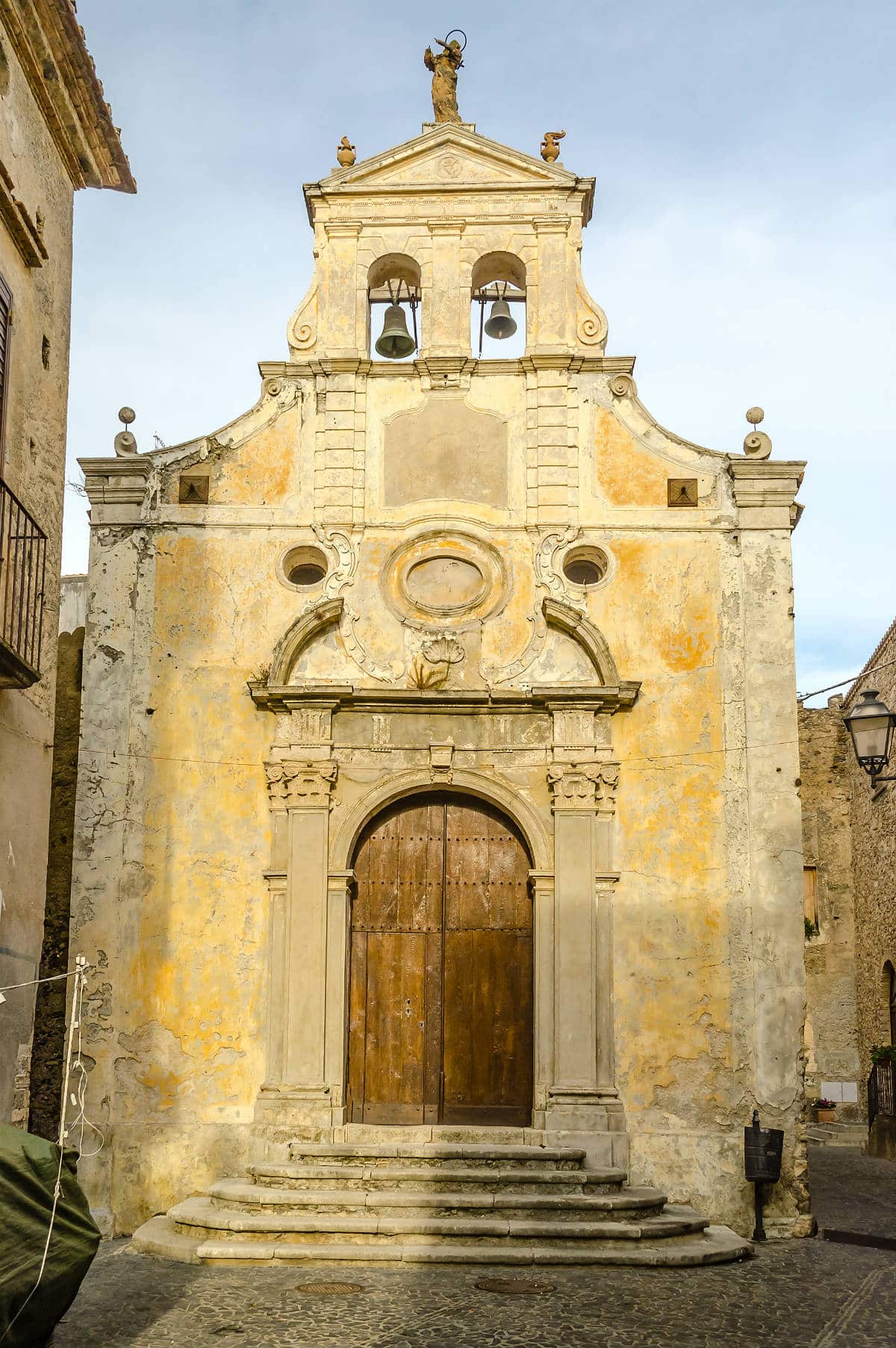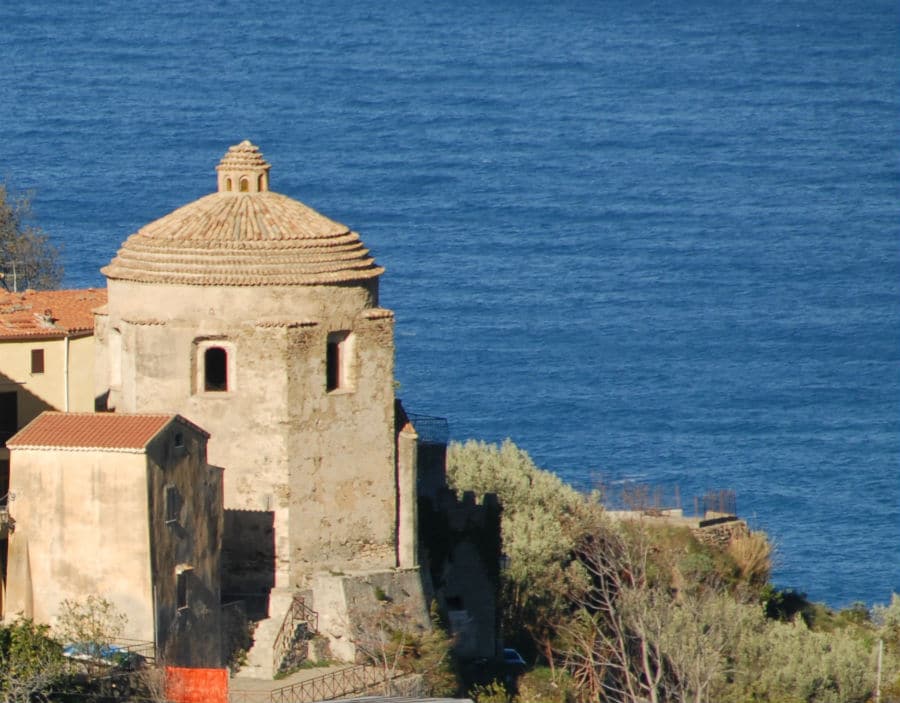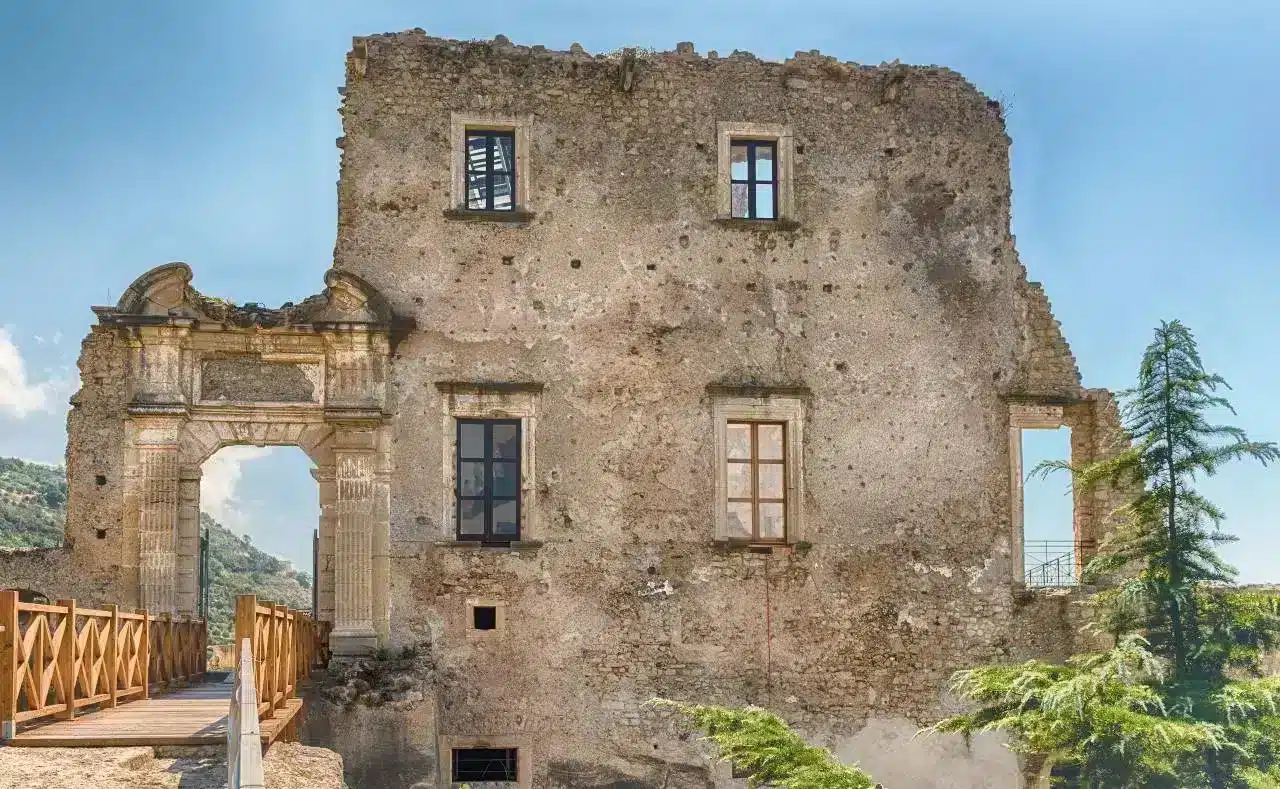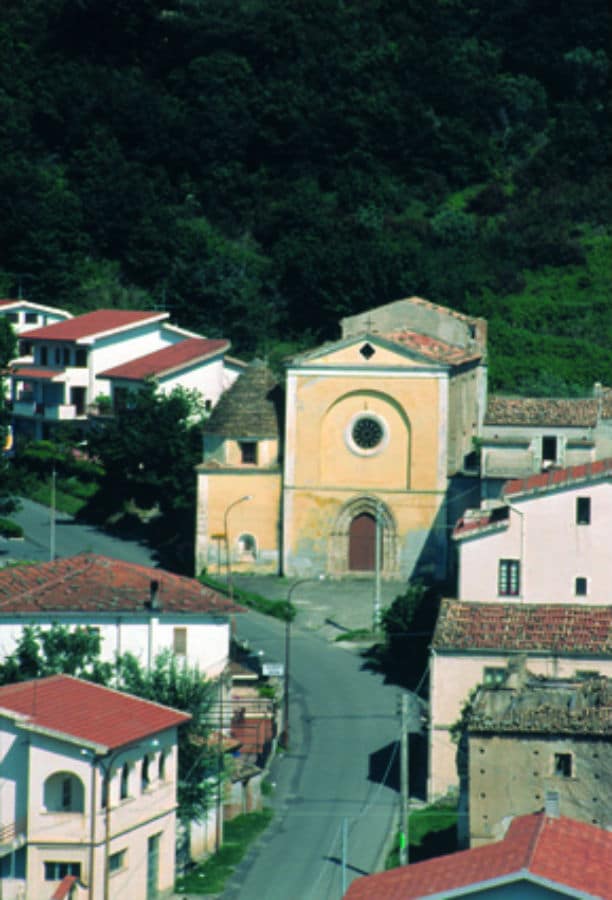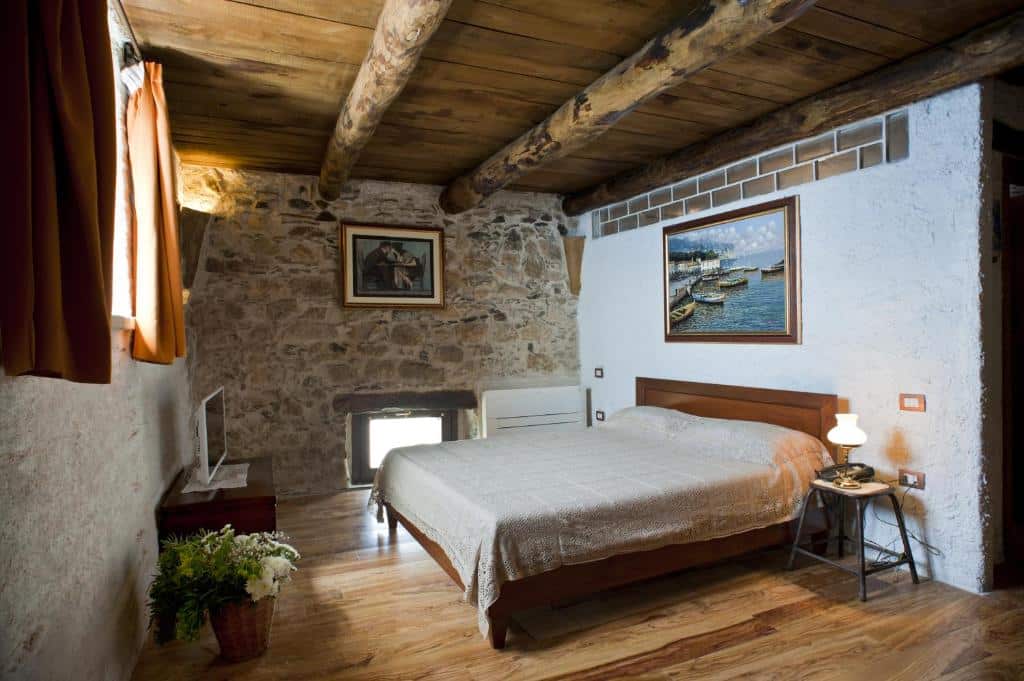Fiumefreddo Bruzio, located in the province of Cosenza, is a charming village that stands proudly on the Tyrrhenian coast in Calabria. It is part of "I Borghi più Belli d'Italia" (Italy's Most Beautiful Villages) and is a true natural terrace that offers a breathtaking view of the Tyrrhenian Sea, from which one can admire the Aeolian Islands, the Cilento coast and even Sicily on clear days. With its fascinating history, traditions and artistic and architectural heritage, Fiumefreddo Bruzio is a treasure that enchants anyone who visits.
The village is characterized by the perfect preservation of its oldest part, which still preserves its medieval walls and fortifications intact. The main entrance to the historic center, the "Porta Merlata," welcomes visitors into a maze of narrow streets that wind through churches, aristocratic palaces and scenic squares. Here, stone tells centuries of history, making those who walk its streets feel as if they have been catapulted back in time. Fiumefreddo is a fortified village that has withstood invasions and historical events, maintaining an atmosphere of authenticity and mystery.
One of the most fascinating stories related to Fiumefreddo Bruzio concerns the meeting with Salvatore Fiume, a Sicilian painter of great fame. In 1975, during a trip along State Road 18, the painter was so enchanted by the beauty of the village that he decided to stop. Impressed by its special atmosphere and medieval ruins, Fiume decided to create a series of artworks that still grace the village today. Among his most famous creations are the frescoes of the "Eden Room" in the Castle of the Valley, which tell the story of a Calabrian slave girl imprisoned by the Turks. This painting cycle is just one of the artist's many tributes to Fiumefreddo, which also includes sculptures and paintings in the Church of San Rocco, where he depicts St. Rocco saving the people from the plague. His art, linked to the village, has made Fiumefreddo Bruzio a meeting place between historical tradition and artistic innovation.
Another element that gives Fiumefreddo Bruzio a special charm is its privileged location. The village is perched on a rocky promontory, dominating the surrounding landscape. Its panoramic terraces, such as Largo Torretta, Largo Rupe, and Piazzetta Santa Domenica, offer spectacular views of the sea. These places, originally designed for defensive and lookout purposes against pirates, now offer visitors a unique experience, giving 360-degree views of the coast.
In addition, Fiumefreddo Bruzio is a village rich in churches and buildings that tell the story of its community. The Chiesa Matrice di San Michele Arcangelo, built in 1540, is one of the main attractions, with its paintings by artists such as Francesco Solimena and Giuseppe Pascaletti. Other churches, such as that of Addolorata and that of Santa Chiara, embellish the village with their ancient architecture. Noble palaces include Palazzo Barone del Bianco, Palazzo Gaudiosi and Palazzo Zupi, which retain the charm of an aristocratic past. Every corner of the village is a reminder of history, with visible traces of distant eras.
But Fiumefreddo Bruzio is not only art and history. Nature is a fundamental part of the village experience. Behind the town, Mount Cucuzzo, the highest peak in the coastal chain of the Paolano Apennines, offers numerous trails for trekkers. From here, you can explore fascinating places such as the Hermit's Cave and Bocca d'Inferno, while lush vegetation and local wildlife enrich every hike. The Mare River, which flows through the mountains, forms picturesque waterfalls and narrow valleys, creating a natural landscape of great beauty.
During the summer season, Fiumefreddo Bruzio transforms into an ideal destination for those who also seek the sea. The seaside hamlet offers a long, quiet beach with a well-maintained promenade overlooking a crystal clear sea. Here, families can relax while enjoying the tranquility of the place and the clean waters. Fishing, which has always been one of the village's main economic activities, is still practiced by locals and can be one of the most authentic experiences for tourists.
The gastronomy of Fiumefreddo Bruzio is another treat for the senses. The village is known for its typical products, such as local cheeses, processed according to traditional methods, and dishes like filiciata (fresh cheese on fern leaves) and potato frittata. Among the desserts, not to be missed are the "cuddruri," made with eggs, sugar, cinnamon and aniseed. The local cuisine, simple and genuine, reflects the history and tradition of this ancient village.
In short, Fiumefreddo Bruzio is a place where history, art, nature and tradition come together in a unique mix. Its ancient streets, frescoed churches, noble palaces and panoramic terraces offer a fascinating view of a past rich in culture and meaning. Those who visit Fiumefreddo Bruzio cannot help but be captivated by its beauty and timeless atmosphere.



